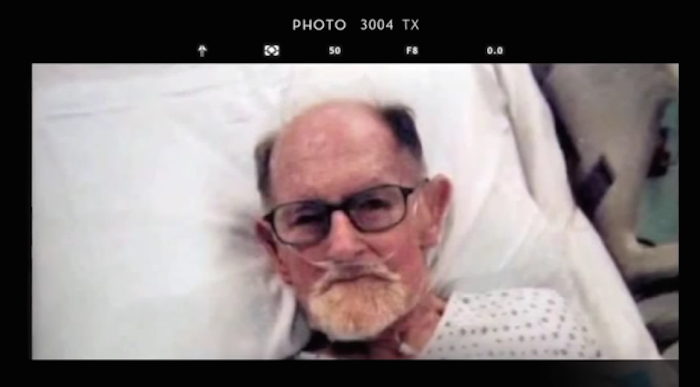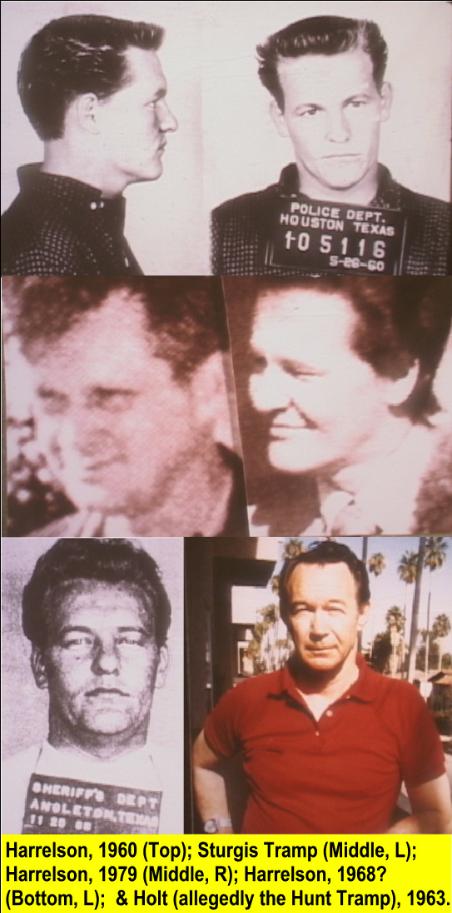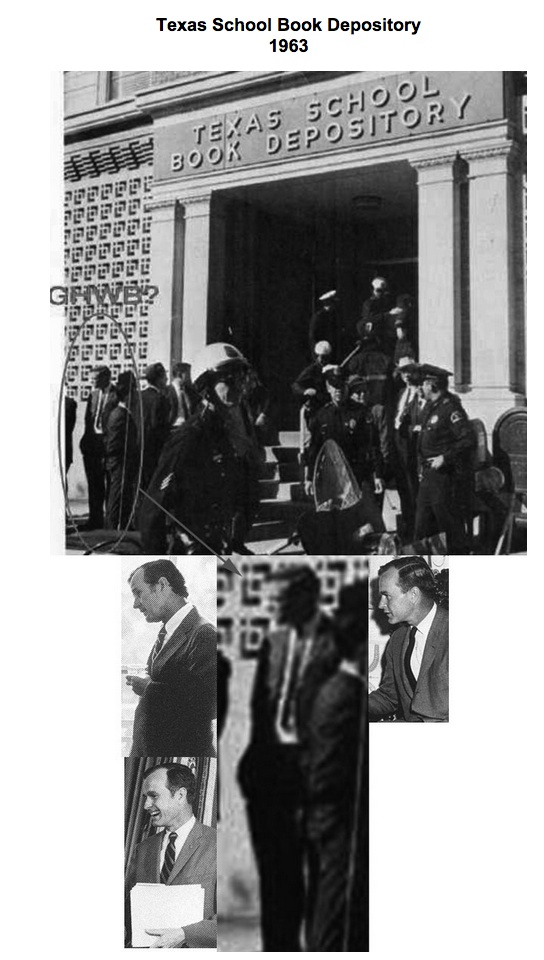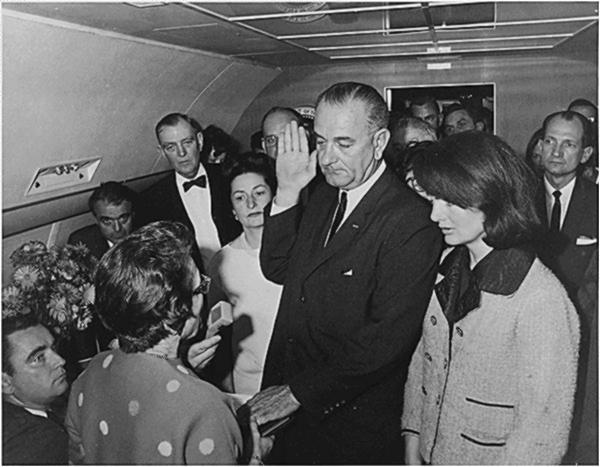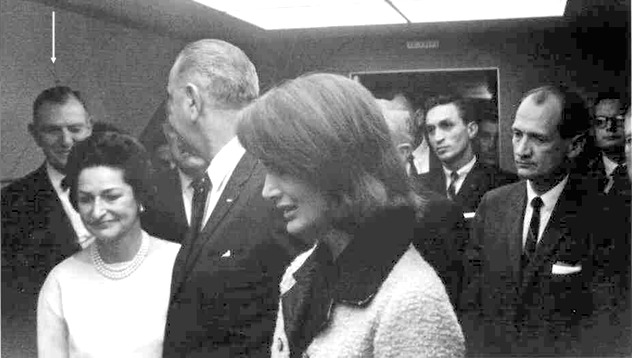The tragic assassination of President John F. Kennedy remains shrouded in a web of mysteries and conspiracies in the annals of American history. One pivotal figure in this mystery is Jack Ruby, the man who, on live television, shot Lee Harvey Oswald, the alleged assassin of JFK. What unfolded in that chaotic moment, as Ruby pulled the trigger, has since fueled speculations and theories, with some suggesting a deeper conspiracy involving then-Vice President Lyndon B. Johnson (LBJ). Let’s look into the cryptic testimony of Jack Ruby, explore the shadows that hint at a connection between Ruby’s actions and a larger conspiracy involving LBJ, and unravel the mystery surrounding Ruby’s own demise.
The Man Behind the Trigger
Jack Ruby, a nightclub owner with connections in the Dallas underworld, became an unexpected protagonist in the aftermath of Kennedy’s assassination. On November 24, 1963, just days after JFK’s death, Ruby shot Oswald in the basement of the Dallas Police Department. The public spectacle of this act, broadcasted on live television, marked a surreal twist in the already surreal narrative surrounding Kennedy’s murder.
Ruby’s motives for killing Oswald have been a subject of intense scrutiny. While the official explanation proposes that Ruby acted out of grief and a sense of justice, there are tantalizing hints that his actions might have been influenced by forces beyond a simple desire for retribution.
Unraveling Ruby’s Testimony
In the aftermath of the shooting, Jack Ruby faced legal proceedings that sought to uncover the motives behind his impulsive act. During the trial, Ruby’s testimony unfolded like a cryptic script, leaving breadcrumbs that hinted at a deeper narrative.
One notable moment occurred when Ruby was asked about his motivation for shooting Oswald. Instead of providing a straightforward answer, Ruby’s response hinted at a larger conspiracy. He alluded to being a pawn in a game orchestrated by powerful figures, suggesting that he was not acting alone.
The LBJ Connection
The most intriguing aspect of Ruby’s cryptic testimony revolves around his subtle references to Lyndon B. Johnson. While not explicitly implicating LBJ, Ruby’s words and demeanor during the trial raise questions about the extent of Johnson’s involvement in the events surrounding Kennedy’s assassination.
Ruby’s insinuations about being a mere cog in a larger machine aligned with theories circulating at the time that LBJ might have had a motive to eliminate JFK. Some theorists argue that Johnson, eager to ascend to the presidency, had a hand in orchestrating Kennedy’s demise. Ruby’s cryptic testimony adds fuel to this speculative fire.
Jack Ruby Implicates LBJ in JFK’s Assassination:
Connecting the Dots
To understand the potential LBJ connection, we must examine the political climate of the era. Lyndon B. Johnson, a skilled political operator, had ambitions that reached beyond the vice presidency. Some theorists argue that Johnson, fearing exclusion from the political spotlight, may have sought to eliminate JFK to pave his way to the presidency.
Ruby’s cryptic remarks about being a pawn in a larger game align with the notion that powerful forces were at play behind the scenes. While these theories fall short of providing concrete evidence, they underscore the lingering doubts and suspicions surrounding the official narrative of Kennedy’s assassination.
Unanswered Questions
Decades after these events, questions surrounding Jack Ruby’s true motivations persist. The perplexity of his cryptic testimony, coupled with the persistent whispers of a larger conspiracy involving LBJ, leaves the door wide open for alternative narratives and theories.
The legacy of that fateful day in Dallas continues to be a tapestry of uncertainties and unexplored avenues. Jack Ruby’s role, once considered a mere footnote in the larger narrative, emerges as a pivotal piece in the puzzle that is the Kennedy assassination.
Ruby’s Mysterious Demise
Adding another layer of intrigue to the narrative is the mysterious death of Jack Ruby. While in prison awaiting a new trial, Ruby succumbed to a sudden and fatal illness on January 3, 1967. His death, just three years after the shooting of Oswald, fueled speculation that Ruby might have been silenced to prevent him from revealing more about the events surrounding Kennedy’s assassination.
Digging into the details of Ruby’s death, the official cause listed on the death certificate was pulmonary embolism, a condition where a blood clot lodges in the lungs, leading to respiratory failure. However, the circumstances of Ruby’s sudden illness and the rapid progression of his demise have sparked skepticism and fueled conspiracy theories.
Questions linger regarding the timing and nature of Ruby’s illness. Was it a mere coincidence, or did it serve a darker purpose? Some theorists suggest that Ruby’s death may have been orchestrated to silence a potential informant, raising doubts about the official narrative surrounding his demise.
Conclusion
In the dark corridors of history, the shadows of doubt and suspicion persist. Jack Ruby’s cryptic testimony, when viewed through the lens of a potential LBJ connection, adds layers of intrigue to an already complex narrative. While concrete evidence remains elusive, the echoes of that moment in the Dallas Police Department basement reverberate, inviting us to peer into the shadows and question the veracity of the official story. As we continue to unravel the mysteries of the past, the mystery of Jack Ruby’s actions, the potential involvement of Lyndon B. Johnson, and the mystery surrounding Ruby’s own demise remain as elusive and compelling as ever.

